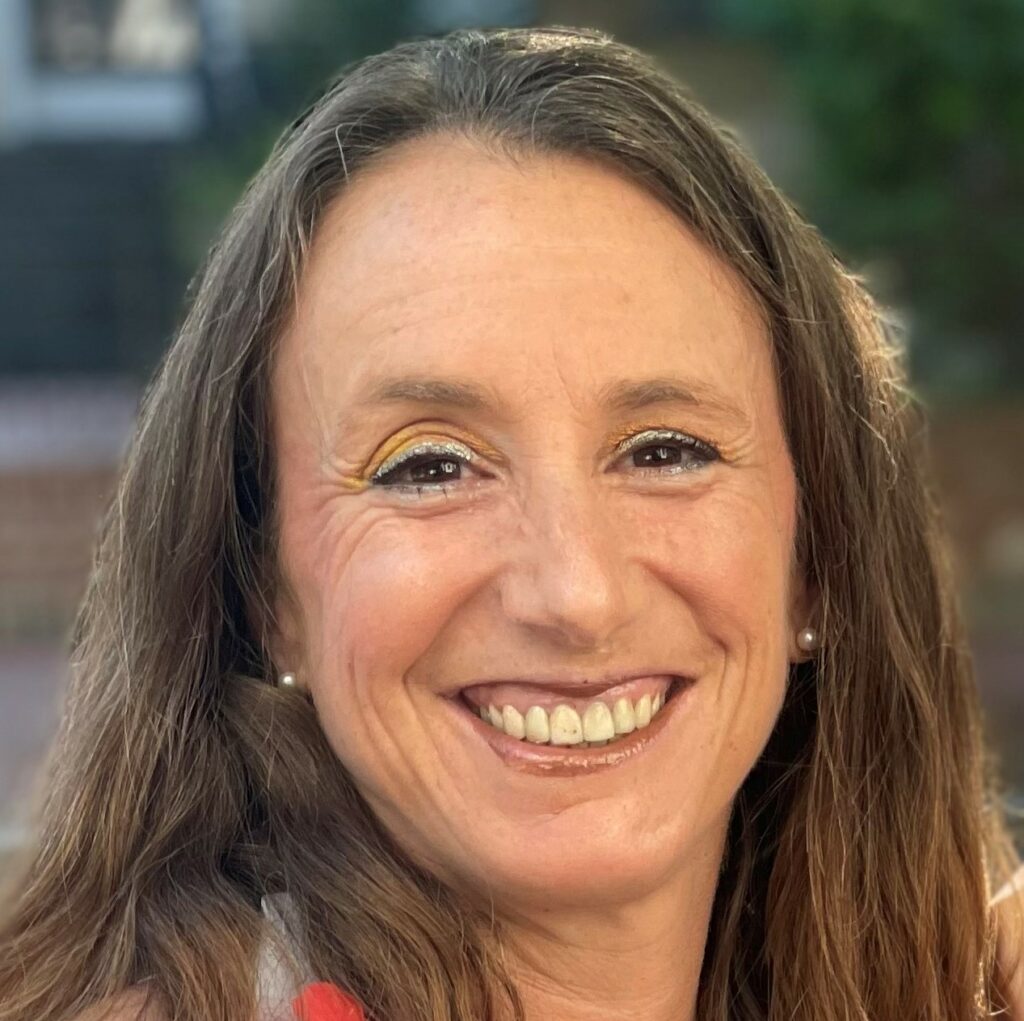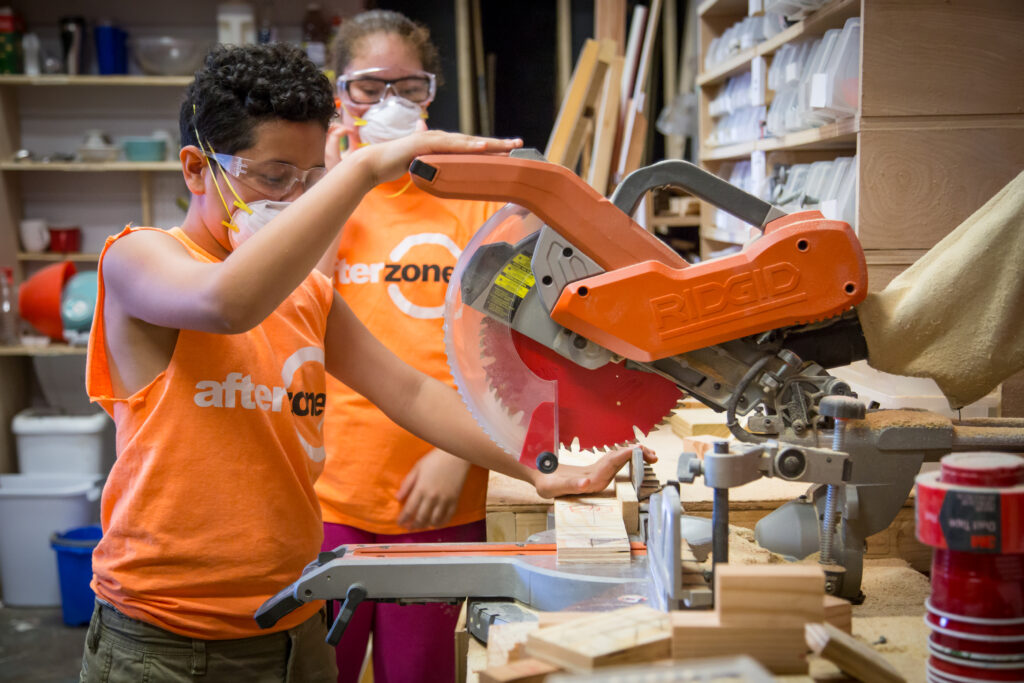There is a push to expand out-of-school time (OST) programs, which according to the U.S. Department of Education “occur before or after the regular school day or outside of the regular school year.”
“Parents are demanding these kinds of programs because they want them, but there’s 25 million kids whose parents want them in programs and they don’t have access,” says Jodi Grant, executive director of the Afterschool Alliance – a national nonprofit organization whose mission is to provide quality afterschool programs to all students, especially those from underserved and disadvantaged communities.

“This is bad for working parents because if they are worried about their kids, they’re less productive. It’s bad for these kids because we can give them a positive learning experience or they can be on their own looking at screen or doing something, you know, maybe even worse,” says Grant.
Grant says her organization works with philanthropists and policymakers to extend afterschool programs to families who can’t afford them and counts 50 partners at the state level. These include elected officials, agencies, businesses, community leaders, and program providers. She says Afterschool Alliance also provides free tools and resources to more than 25,000 local programs.
The case for afterschool programs is not new, according to a study by the Harvard Graduate School of Education. What has changed, according to the Afterschool Alliance, is the increased demand for these programs.
America After 3PM states, “Parents increasingly look to afterschool programs to support young people’s overall health and development—from providing supportive adults and mentors to helping build life skills—but issues of access prevent millions of young people from benefitting from the opportunities that programs provide.”
Grant notes these OST programs have the potential to influence young people long after they graduate. “We think it’s going to help them succeed in their careers and in life.”
Afterschool programs can range from outdoor activities to cooking classes teaching math, chemistry, and culture, explains Grant.
Workforce Readiness Skills
Some programs focus on workforce readiness starting in grade school, says Grant.
One example is the SOAR Afterschool Program in Arkansas. One part of the curriculum includes a competition for elementary students called the Amazing Shake. The students are taught how to interview professionals, look someone in the eye, shake their hand, and explain why they are employable.
FOUND THIS VIDEO ABOUT THE ARKANSAS PROGRAM IF YOU WANT TO INCLUDE https://vimeo.com/485537014
“They have people from the community come in and kids interview with them,” says Grant. “It’s an incredible opportunity for these kids to have exposure to all the different industries that are right there in their community, for the businesses to become aware of these kids, their programs, and, of course, to develop that self-confidence.”
Grant cites the best practices of Rhode Island’s Providence After School Alliance (PASA). It offers middle school students hands-on learning experiences through its AfterZone program with the participation of 70 community partner organizations – giving students the chance to explore different career interests.

The same organization has a program outside the classroom for high school students that gives them an opportunity to earn credits through worked-based learning courses. The state’s All Course Network provides a catalog of career pathway courses online that provides both high school and college credits.
“I truly believe that kids are learning all the time and we don’t want to limit their learning to just in the classroom with teachers,” says Grant.
“There’s a whole other set of resources that can take some pressure off schools and teachers and teach the skills that an employer can teach better than a classroom teacher because they’re really workforce related.”











